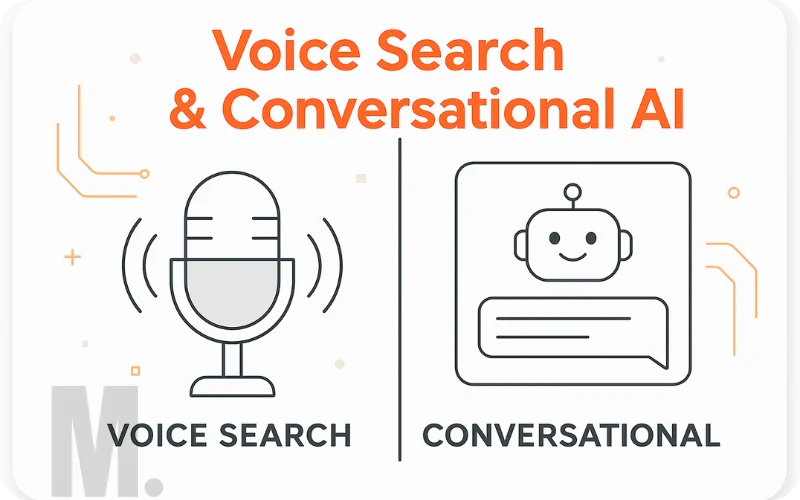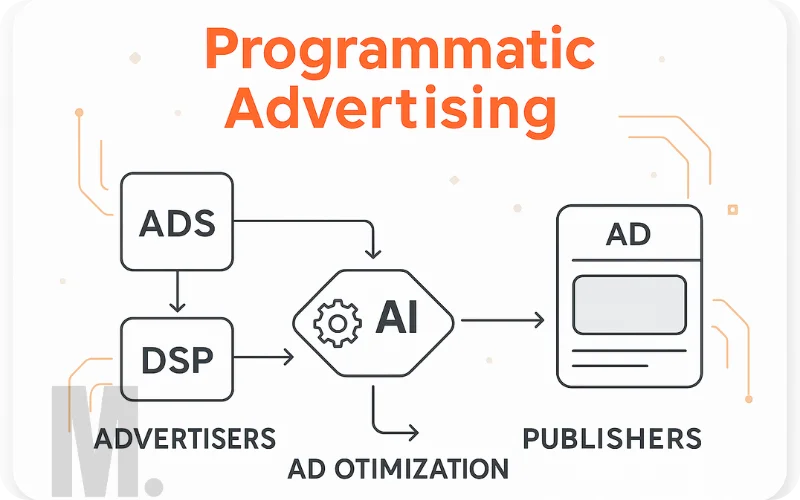Introduction:
So, you’re navigating the ever-evolving landscape of online promotion, and you’re wondering what the future holds for digital marketing advertising? Indeed, the pace of change is relentless, with new technologies, shifting consumer behaviors, and evolving regulations constantly reshaping how brands connect with audiences. Unlike a static field, digital marketing advertising demands foresight and adaptability. Consequently, staying ahead of emerging trends is no longer a luxury but a necessity for marketers aiming for sustained success. Therefore, this guide will explore key future trends in digital advertising that every marketer should be watching and preparing for.
Technology-Driven Shifts in Digital Marketing Advertising
Anticipate the expanded role of Artificial Intelligence (AI) and Machine Learning (ML)
AI and ML are already transforming digital marketing advertising, and their influence will only grow. For example, expect to see:
- More sophisticated AI-powered ad targeting and audience segmentation.
- AI-driven creative optimization (e.g., generating ad copy, selecting visuals).
- Automated bidding strategies becoming even more refined.
- Predictive analytics for forecasting campaign performance and customer behavior.
Consequently, marketers will need to understand how to leverage AI tools effectively within their digital marketing advertising efforts.

Prepare for the rise of immersive technologies (AR/VR/Metaverse)
While still in earlier stages for mass adoption, Augmented Reality (AR), Virtual Reality (VR), and the concept of the Metaverse are poised to create new frontiers for digital marketing advertising. Imagine, for instance, AR try-on experiences for e-commerce, virtual showrooms, immersive branded games, or advertising within Metaverse environments. Therefore, forward-thinking marketers should start exploring how these technologies could offer unique engagement opportunities.

Watch the evolution of voice search and conversational AI
As smart speakers and voice assistants become more ubiquitous, voice search optimization will become increasingly important for digital marketing advertising. Furthermore, conversational AI (chatbots, virtual assistants) will play a larger role in customer interactions, lead qualification, and even personalized ad delivery. Marketers will need to consider, for example, how their content and ads can be discovered and consumed via voice.

Expect advancements in programmatic advertising
Programmatic advertising (the automated buying and selling of ad inventory) will continue to evolve with more sophisticated algorithms, better data integration, and expansion into new channels like Connected TV (CTV) and digital out-of-home (DOOH). This means, for instance, more efficient and targeted ad buying at scale, but also a need for marketers to understand the nuances of different programmatic platforms and data sources.

Consumer Behavior and Privacy Shaping Digital Marketing Advertising
Adapt to the increasing demand for personalization and hyper-relevance
Consumers today expect highly personalized experiences. Generic, one-size-fits-all digital advertising is becoming less effective. Therefore, the future will see an even greater emphasis on leveraging first-party data and advanced segmentation to deliver hyper-relevant ad messages, offers, and content at the right time, on the right channel.

Navigate the cookieless future and the emphasis on first-party data
With the phasing out of third-party cookies by major browsers, the landscape of digital marketing advertising targeting and tracking is shifting significantly. Consequently, there will be a much stronger reliance on:
- First-party data: Data collected directly from your customers with their consent (e.g., website interactions, purchase history, email sign-ups).
- Contextual advertising: Placing ads based on the content of the page rather than individual user behavior.
- Privacy-enhancing technologies (PETs).
Marketers must, therefore, build robust first-party data strategies.

Address growing concerns around data privacy and transparency
Alongside the cookie less shift, consumer awareness and regulatory scrutiny around data privacy (e.g., GDPR, CCPA) will continue to intensify. This means digital marketing advertising practices must prioritize transparency, user consent, and ethical data handling. Building trust through responsible data practices will be paramount.

Anticipate the continued growth of video and interactive content.
Video content already dominates online engagement, and this trend is set to continue. Furthermore, interactive content formats – such as polls, quizzes, shoppable posts, AR experiences, and interactive videos – will become more prevalent in digital marketing advertising as brands seek deeper engagement and richer user experiences.

Strategic Imperatives for Future-Proofing Digital Marketing Advertising
Embrace omnichannel and integrated marketing approaches
Customers now interact with brands across a multitude of touchpoints – website, social media, email, apps, physical stores, CTV, etc. Therefore, the future of digital marketing advertising lies in seamless, integrated omnichannel experiences where messaging and branding are consistent and complementary across all channels, providing a unified customer journey.

Prioritize authenticity, purpose-driven marketing, and brand values
Modern consumers, especially younger generations, are increasingly drawn to brands that are authentic, transparent, and stand for something beyond just profits. Consequently, successful digital marketing advertising will need to incorporate brand values, showcase social responsibility, and communicate with genuine authenticity to build deeper connections.

Focus on building direct relationships and communities
In an era of diminishing third-party data and a desire for deeper connection, fostering direct relationships with customers and building brand communities will become even more vital. This means, for example, encouraging email sign-ups, creating engaging social media groups, and providing platforms for direct interaction, which can supplement your broader digital marketing advertising reach.

Cultivate agility and a continuous learning mindset.
Given the rapid evolution of digital marketing advertising, the most critical “trend” is the need for marketers to be agile, adaptable, and committed to continuous learning. Therefore, be prepared to experiment with new platforms and technologies, stay curious, analyze data, and iterate on your strategies quickly.

Tips:
- Primarily, invest in understanding your first-party data and how to leverage it ethically and effectively.
- Also, start experimenting with new ad formats and channels (like CTV or in-game ads) on a small scale to learn.
- Furthermore, prioritize creating high-quality, engaging content that provides genuine value, as this will always be key.
- Additionally, build strong data privacy practices into all your digital marketing advertising efforts.
- Importantly, focus on building long-term customer relationships rather than just short-term campaign wins.
- Consider upskilling your team or partnering with agencies that specialize in emerging digital advertising technologies.
Warnings:
- Crucially, don’t chase every new shiny object; evaluate trends based on their relevance to your audience and business goals.
- Also, be mindful of the “creepiness factor” with personalization; ensure it feels helpful, not intrusive.
- Furthermore, don’t underestimate the technical and strategic complexities of new technologies like AI or the Metaverse.
- Finally, remember that while technology changes, the fundamentals of understanding your customer and providing value remain constant in digital advertising.
Things You’ll Need:
- A forward-thinking mindset and willingness to adapt, of course.
- Additionally, access to reliable data and analytics tools.
- A strategy for collecting and managing first-party customer data.
- A budget for experimentation with new digital advertising channels and technologies.
- Ongoing education and training resources.
- Lastly, a clear understanding of your target audience and their evolving behaviors.


